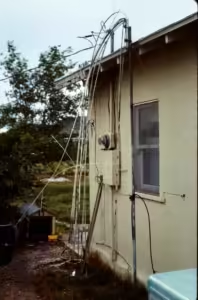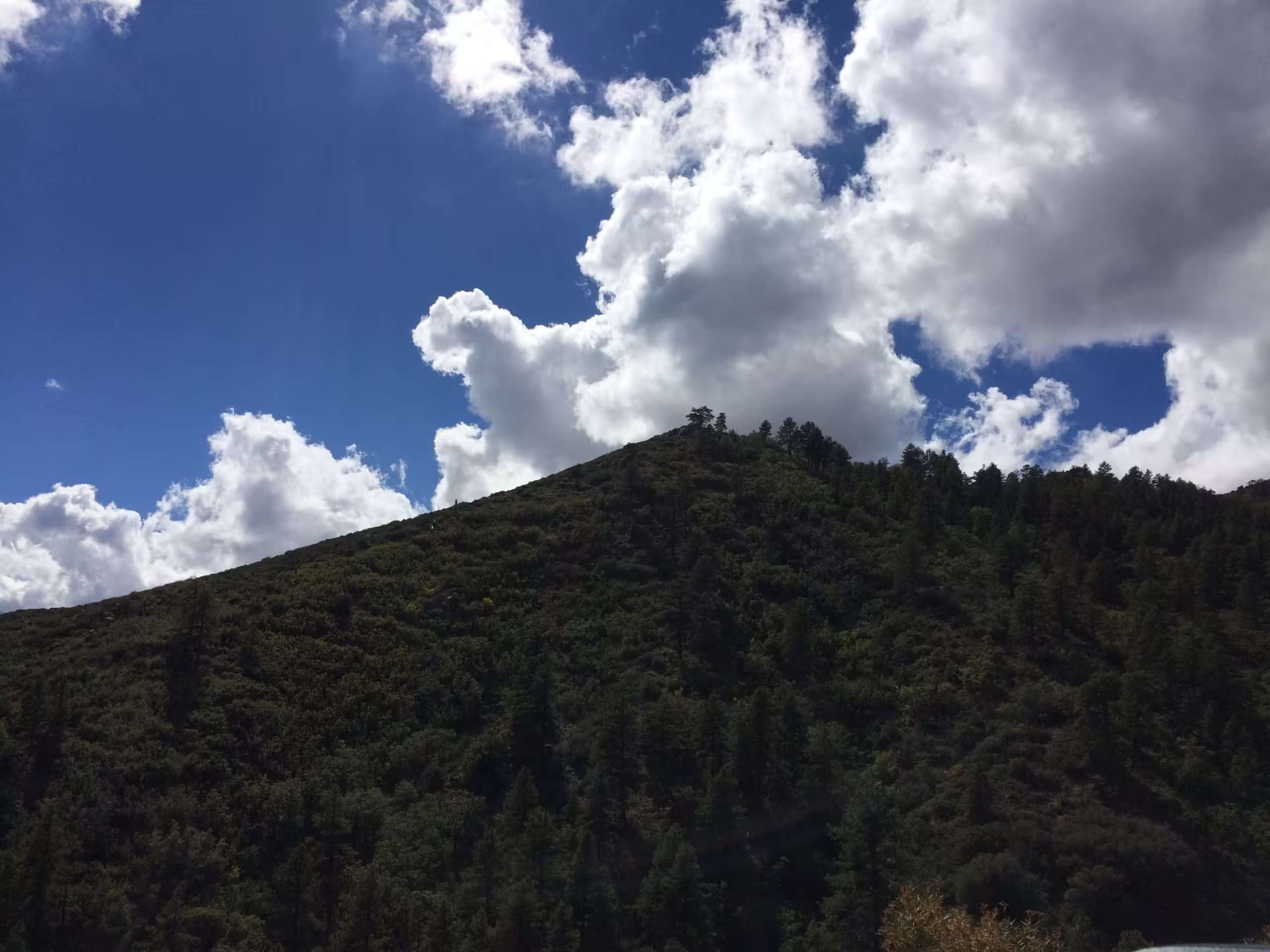Monsoon season in the high desert brings a unique set of challenges and dangers that require vigilance and preparedness. The intense rains, while brief, can lead to sudden and severe flooding, particularly in areas where washes and dry riverbeds are prevalent. Even when skies appear clear in one location, heavy rainfall in mountainous regions can cause these washes to flow rapidly, posing significant risks to anyone caught unaware.
High Desert Flooding
During monsoon season, the high desert experiences heavy downpours that can transform dry washes into raging torrents within minutes. The phenomenon known as a “flash flood” is common during this time. Flash floods can occur with little warning, sweeping away anything in their path, including vehicles and people. It’s crucial to stay informed about weather conditions and to avoid low-lying areas and washes, especially when there are reports of rain in the mountains.
Lightning Dangers
⚡Lightning is another serious hazard associated with monsoon storms. Strikes can occur miles away from the parent storm, reaching areas that may seem completely clear of clouds. This phenomenon, often referred to as a “bolt from the blue,” makes lightning unpredictable and exceptionally dangerous. During monsoon season, it’s important to seek shelter indoors whenever thunderstorms are nearby and to avoid open fields, tall trees, and metal objects that can attract lightning.

Static Electricity and Dry Air
The dry air of the high desert can also contribute to the buildup of static electricity. This static can charge metal objects, creating a small but potentially harmful risk of electric shock. The buildup of static electricity can damage sensitive electrical equipment, leading to costly repairs or replacements. Additionally, large metal structures like fences in open areas can become lightning magnets. When lightning strikes such objects, it can cause a “ball effect,” where the electricity takes time to dissipate, increasing the risk of fire or further damage. Due to the dry, hard ground, achieving a good ground connection is particularly challenging, exacerbating these issues.
🌪️ Wind and Blowing Debris
Monsoon storms are frequently accompanied by strong winds that can lift and propel debris at high speeds. Loose objects like patio furniture, trash cans, and outdoor equipment can become dangerous projectiles. It’s essential to secure or bring inside any items that could be blown away during a storm to prevent property damage and personal injury.
Preparedness and Safety Tips
- 🌧️ Stay Informed: Keep an eye on weather forecasts and alerts. Monsoon storms can develop quickly, so timely information is critical.
- 🌊 Avoid Washes and Low-Lying Areas: Even if it’s not raining in your immediate area, avoid washes and low-lying areas that could flood rapidly.
- 🏠 Seek Shelter During Storms: When thunderstorms approach, go indoors to a safe structure to avoid the risks posed by lightning and strong winds.
- 💨 Secure Loose Items: Ensure that outdoor furniture, trash cans, and other items are secured or moved indoors to prevent them from becoming dangerous debris.
- 🔌 Protect Electrical Equipment: Use surge protectors or Uninterrupted Power Supplies and unplug sensitive electronics during storms to prevent damage from static buildup or lightning strikes.
By understanding the unique hazards of the monsoon season in the high desert and taking proactive measures, residents and visitors can stay safe and minimize the risks associated with this dramatic weather phenomenon.
#HighDesert #Flooding #Lightning #WeatherSafety #FlashFloods #DesertStorms #Preparedness #SafetyTips #StaticElectricity #WindSafety